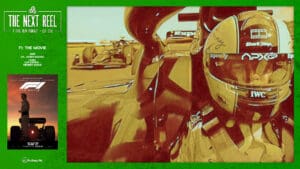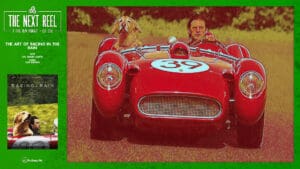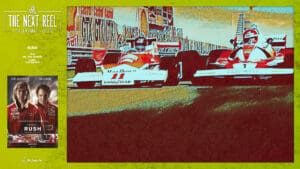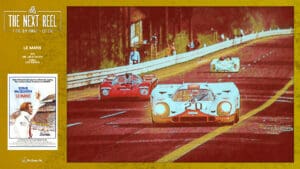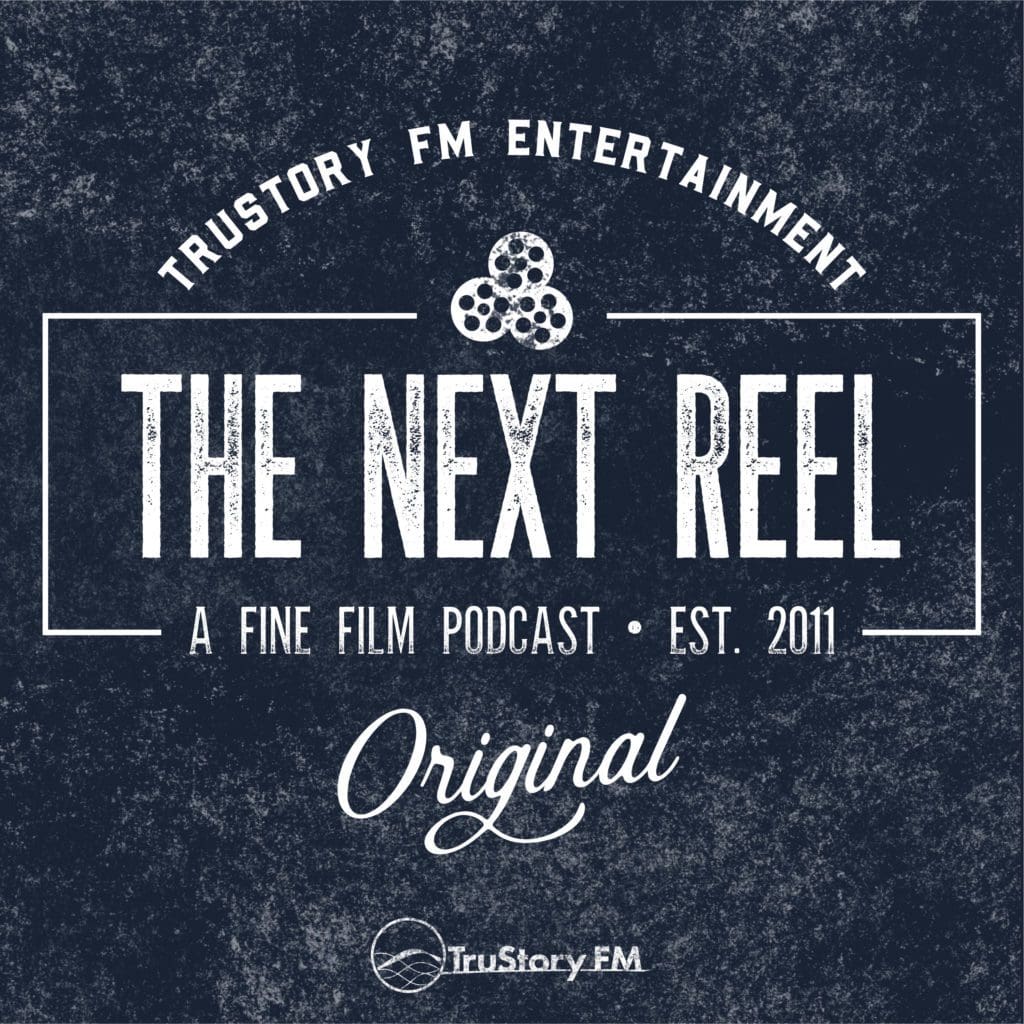Racing to Glory: John Frankenheimer’s Grand Prix (1966)
When director John Frankenheimer set out to make Grand Prix in 1966, he faced competition from Steve McQueen’s planned racing film. Through strategic negotiations and groundbreaking technical innovations, Frankenheimer created what would become the definitive Formula One racing film of its era, pioneering new camera techniques and shooting during actual F1 races. Join us—Pete Wright and Andy Nelson—as we kick off our Car Racing series with a conversation about Grand Prix.
A Technical Marvel on the Track
Andy and Pete dive deep into Frankenheimer’s revolutionary filming techniques, particularly the mounted cameras that could pan and tilt while cars raced at full speed. The hosts marvel at how the film captures the intense vibrations and physical demands of banking turns at Monza, with Andy noting how this technical authenticity remains impressive even by modern standards.
Melodrama vs. Racing Excellence
While both hosts praise the racing sequences, they share frustrations with the film’s romantic subplots. Pete and Andy point out how the relationships involving James Garner, Yves Montand, Brian Bedford, Eva Marie Saint, and Jessica Walter often drag down the pacing, though these elements help illustrate the psychological toll of the sport.
Team Dynamics and Sport Evolution
Pete provides fascinating context about how F1 team structures have evolved since the 1960s, explaining how Grand Prix accurately captured the complex relationships between drivers, engineers, and team owners. The hosts discuss how the film’s portrayal of team conflicts remains relevant to modern F1 racing.
Key Discussion Points:
- Revolutionary split-screen techniques and their increasing effectiveness throughout the film
- The authenticity of racing sequences filmed during actual F1 events
- Strong performances from Yves Montand and Jessica Walter
- Technical innovations in racing cinematography
- The film’s influence on modern racing movies
- Portrayal of team dynamics and driver relationships
- The ending involving the black flag
- Frankenheimer’s successful negotiation with Ferrari and other racing teams
- The physical and psychological demands of F1 racing
- Complex relationships between drivers and their romantic partners
Legacy and Impact
Both hosts agree that while the melodrama may date the film, the racing sequences remain extraordinary achievements in filmmaking. The technical innovations and authentic portrayal of Formula One racing continue to influence modern motorsport films.
We have a great time talking about it, so check it out then tune in. The Next Reel—when the movie ends, our conversation begins!
Film Sundries
- Evolution of Monza F1 Track – 1922-2024
- Watch our conversation on YouTube!
- Watch this on Apple or Amazon, or find other places at Letterboxd
- Script Options
- Theatrical trailer








